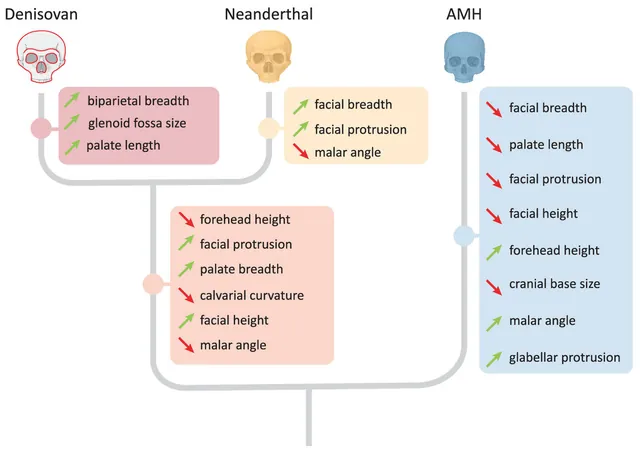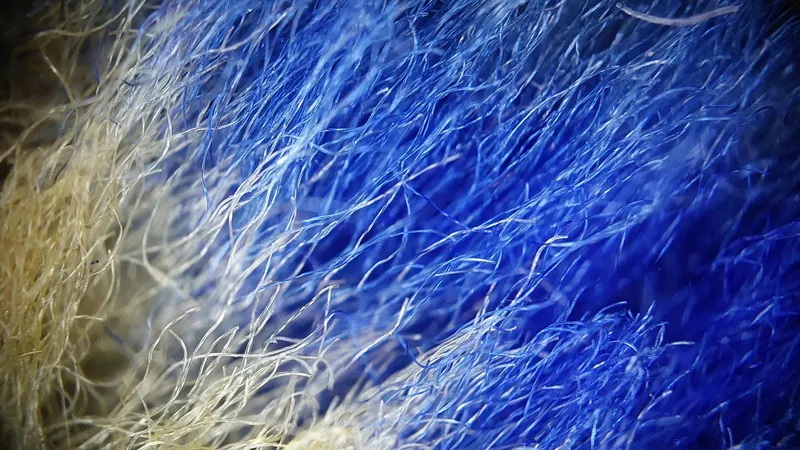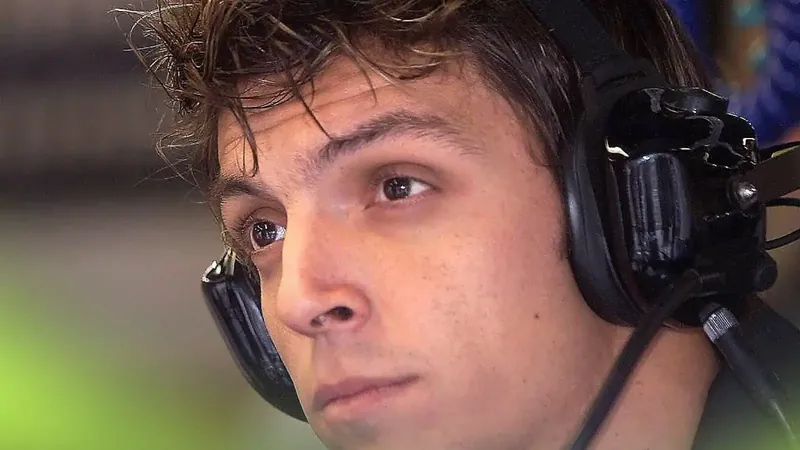
Unveiling the Denisovans: Genetic Breakthroughs Illuminate Our Lost Relatives
2025-09-01
Author: William
Unearthing the Mysteries of Denisovans
Exciting new genetic techniques are unlocking the secrets of our ancient relatives—the enigmatic Denisovans, who roamed the Earth around 370,000 years ago during the Pleistocene epoch. Despite their fascinating existence, knowledge about these ancient humans has been limited due to the scarcity of fossils discovered.
Accidental Discovery and Limited Fossils
The Denisovans were first identified accidentally in 2010, stemming from DNA analysis of a finger bone discovered in the Denisova Cave of Siberia. Initially thought to belong to a Neanderthal, it was revealed to belong to a distinct lineage closely tied to them. Since this groundbreaking find, only a handful of additional Denisovan fragments have surfaced.
Advancements in Genetic Tools
To delve deeper into the fossil record and identify potential Denisovans, David Gokhman and his team from the Weizmann Institute of Science in Israel devised a groundbreaking genetic tool. Their innovative approach focused on the Denisovan genome to uncover genetic patterns, offering an unprecedented glimpse into appearance and skeletal structure.
Decoding Ancient Traits
Published in the Proceedings of the National Academy of Sciences, the research team's technique detects subtle genetic variations affecting the regulation of Denisovan genes. This allowed them to deduce physical traits related to skull structure, leading to the identification of 32 characteristics for analysis.
Scouring the Fossil Record
Armed with a Denisovan blueprint, the researchers ventured into the Middle Pleistocene fossil record, scrutinizing skulls from this pivotal period. Before applying their methods to unknown fossils, they validated their accuracy by successfully predicting known traits in Neanderthals and chimpanzees with a remarkable 85% success rate.
Finding New Relatives
From their extensive measurements of various ancient skulls, the team identified two specimens from China—the Harbin and Dali skulls—as close matches to Denisovan characteristics, aligning with 16 and 15 traits, respectively. Additionally, the Kabwe 1 skull exhibited a strong link to the Denisovan-Neanderthal lineage, suggesting its pivotal role in the evolutionary split.
The Quest Continues
The implications of this research are vast, hinting at the presence of even more extinct human relatives yet to be discovered. As the team notes, their groundbreaking work sets the stage for future exploration of other hominin groups, enhancing our understanding of the intricate web of human evolution.









 Brasil (PT)
Brasil (PT)
 Canada (EN)
Canada (EN)
 Chile (ES)
Chile (ES)
 Česko (CS)
Česko (CS)
 대한민국 (KO)
대한민국 (KO)
 España (ES)
España (ES)
 France (FR)
France (FR)
 Hong Kong (EN)
Hong Kong (EN)
 Italia (IT)
Italia (IT)
 日本 (JA)
日本 (JA)
 Magyarország (HU)
Magyarország (HU)
 Norge (NO)
Norge (NO)
 Polska (PL)
Polska (PL)
 Schweiz (DE)
Schweiz (DE)
 Singapore (EN)
Singapore (EN)
 Sverige (SV)
Sverige (SV)
 Suomi (FI)
Suomi (FI)
 Türkiye (TR)
Türkiye (TR)
 الإمارات العربية المتحدة (AR)
الإمارات العربية المتحدة (AR)